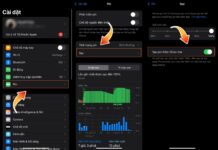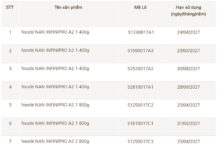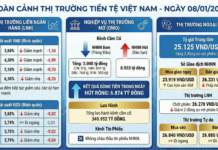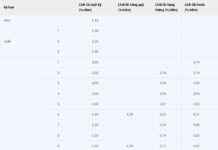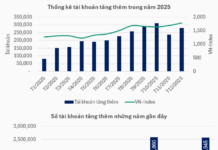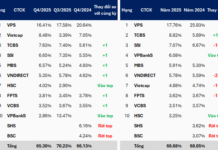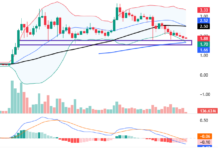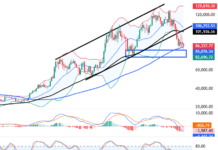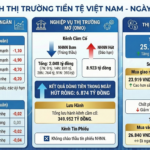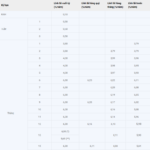Today’s trading session was interrupted by the patience of waiting capital, halting any potential recovery. It was only when prices dropped significantly that larger waiting orders emerged. Following last weekend’s low-volume session, which could be considered a positive sign as those who wanted to cut losses the most have already exited, liquidity remains very low.
The surprisingly positive macroeconomic data released over the weekend created some initial excitement, but the capital flow “disagreed.” The weak buying pressure quickly caused the upward momentum to wane. The market is currently in the hands of sellers rather than buyers. Price negotiations will continue to create many volatile sessions like today’s, with low volume until those holding capital become more aggressive.
Looking at intraday fluctuations, the market is creating a sense of discouragement, as any upward movement is met with selling pressure. Only those holding stocks are discouraged; those holding cash are in a comfortable position. The market is still in the “margin testing” phase and has not yet reached the psychological testing stage. It will only transition to the bottom-building phase when stockholders become completely indifferent to prices.
Today’s session had two positive aspects. Firstly, liquidity: in a downward trend, after distribution sessions and sharp declines with high volume, a slowdown in trading is a positive sign, indicating either a reduction in selling pressure or a decrease in loose stock volume. Today’s matched trading volume on the two exchanges was only 11.5 trillion, similar to mid-September sessions. Secondly, there were many deep-catch orders placed at the end of today’s afternoon session. Whenever prices dropped significantly, trading became more active. Some stock codes, particularly securities stocks, witnessed impressive reversals, indicating a shift in the mindset of capital holders.
Trading on the market always involves probing the thoughts of each side, and volume, range, and price fluctuations are part of that outcome. Guessing can be right or wrong, but over many sessions, consistent signals increase the likelihood of accuracy. Therefore, market bottoming or topping always involves failed fluctuations and rarely ends in just 1-2 sessions.
Some stocks have corrected to the point where they can be bought. As the market remains unstable, the buying strategy should also be gradual. Stockholders are at a disadvantage, so patience will pay off. Buying on dips is easy, as it only involves covering previously sold stocks, so everyone has a chance without competition.
Today’s derivatives market continued to reflect expectations of the underlying market, with the F1 basis remaining positive throughout the day. However, this gap, against the backdrop of low volume, could easily become a “delicacy” for shorts. Nevertheless, to increase volatility, the underlying must be pushed. In the morning, VN30’s decline below 1341.xx favored shorts, but it was not very effective as the underlying remained stagnant, and even resulted in losses if not cut quickly by the end of the morning session. The afternoon session was better, as the second time VN30 dropped below 1341.xx, there was a synergistic push from the underlying, and although the basis did not narrow, it limited short profits, but the index’s volatility improved significantly. VN30 has two ranges to expand its volatility: 1341.xx to 1334.xx and 1327.xx. However, it is crucial to maintain discipline and close half the position at the 1334.xx threshold to secure profits, with the remaining half aiming for additional gains or breaking even.
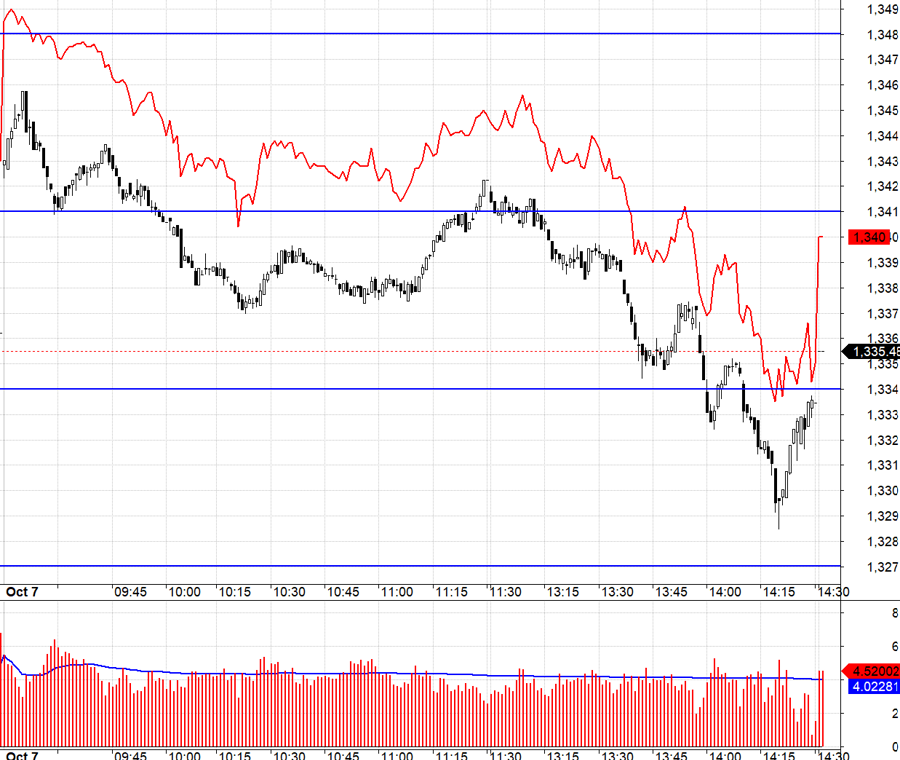
With today’s significant drop in volume, the amount of loose stock appears to be decreasing. The market is likely to experience a few narrow-range sessions with continued low volume or sessions with forced openings to test supply. The strategy remains to buy stocks, and long/short derivatives flexibly.
VN30 closed today at 1335.48. Tomorrow’s resistances are 1341, 1348, 1356, and 1365. Supports are 1333, 1325, 1318, and 1308.
“Stock Market Blog” reflects the personal views of the author and does not represent the opinions of VnEconomy. The views, interpretations, and opinions expressed herein are those of individual investors, and VnEconomy respects the author’s style and perspective. VnEconomy and the author are not responsible for any issues arising from the investment views and opinions presented here.


